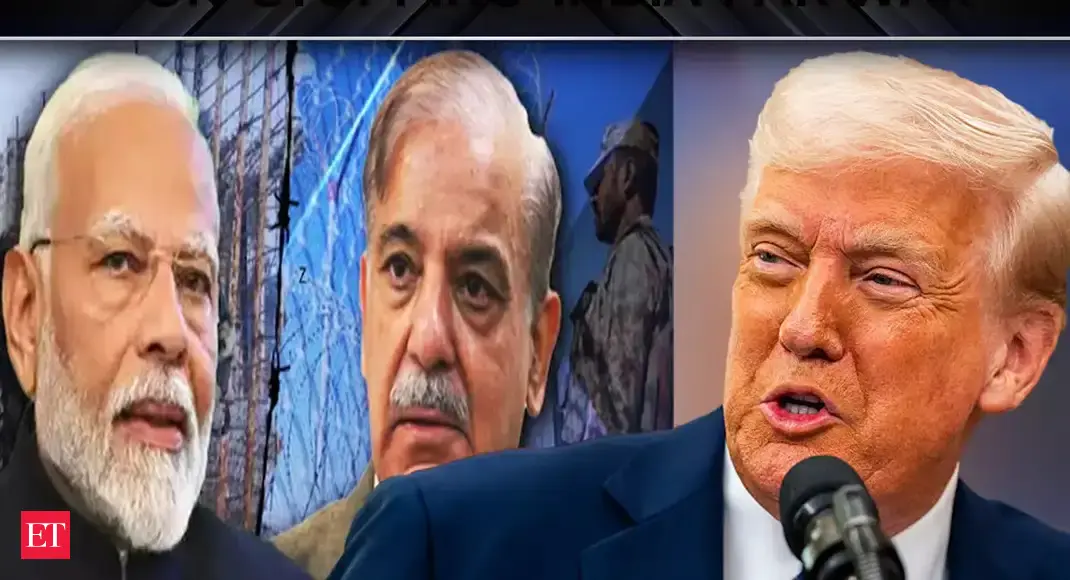

Donald Trump is once again asserting his role in de-escalating tensions between India and Pakistan, claiming he prevented a potential nuclear war. Trump's claims center around the military clashes that occurred in May 2025, following India's "Operation Sindoor," which targeted alleged terrorist infrastructure in Pakistan in response to the Pahalgam terror attack that killed 26 tourists.
Trump has repeatedly stated that he intervened by using trade as leverage, telling both nations that the U.S. would halt trade if hostilities continued. He has presented this as a deal he is "most proud of," emphasizing that he stopped "potentially a nuclear war through trade as opposed to through bullets." In various appearances and statements, Trump has thanked the leaders of both India and Pakistan, stating that "they understood, and they agreed, and that all stopped." He has also lauded the strength of the U.S. military and its leadership.
However, India has consistently disputed Trump's version of events. Indian government sources have stated that trade was not a topic of discussion during talks between Indian and American leaders regarding de-escalation. They maintain that the ceasefire on May 10, 2025, was the result of direct communication between the Director Generals of Military Operations (DGMOs) of India and Pakistan. This position emphasizes a bilateral resolution, downplaying any external mediation.
Despite India's denials, Trump's narrative has found some support. Yury Ushakov, a senior aide to Russian President Vladimir Putin, recently stated that the India-Pakistan conflict was "stopped with the personal participation of President Trump," following a phone call between Putin and Trump. This acknowledgment from the Russian side appears to bolster Trump's claims, adding an intriguing dimension to the situation.
The conflict itself saw a rapid escalation. India launched Operation Sindoor on May 7, targeting nine terror-linked sites in Pakistan and Pakistan-occupied Kashmir. Pakistan responded with its own military actions, including aerial aggression and strikes on Indian military bases. This tit-for-tat exchange raised concerns about a broader conflict, potentially involving nuclear weapons, given both nations' nuclear capabilities.
Several other countries have been mentioned as potential mediators or influencers in bringing about the ceasefire. Islamabad stated that several governments were involved in the process, including the United Kingdom, Turkey, and Saudi Arabia. However, India has maintained its stance that the resolution was primarily a result of bilateral discussions.
Whether Trump's claims are entirely accurate remains a point of contention. His assertions have been consistent, but the Indian government's rebuttal presents a different perspective. The acknowledgment from Putin's aide adds another layer to the narrative, suggesting that Trump's role may have been more significant than India acknowledges. Regardless of the specifics, the de-escalation of tensions between India and Pakistan was a welcome development, averting a potentially catastrophic conflict in the region. The differing accounts, however, highlight the complexities of international diplomacy and the challenges of accurately attributing credit in such situations.